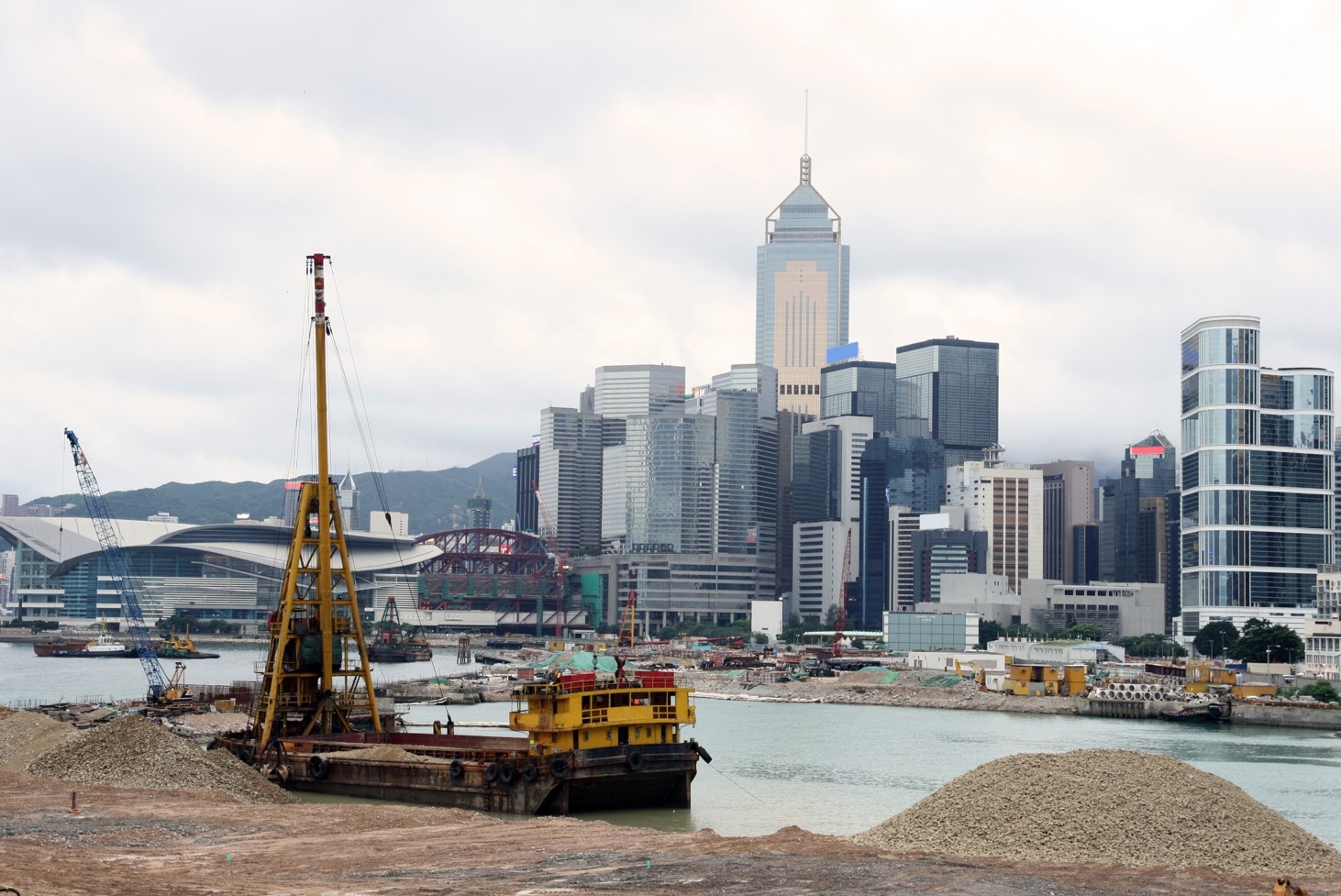Story by Rupert Leung, Managing Director, Engineering, Arcadis
Land supply remains at the core of Hong Kong’s housing challenge and at the top of the news agenda. The government-appointed Task Force on Land Supply says Hong Kong needs to find 1,200 hectares of land for housing, and last year, Chief Executive Carrie Lam unveiled the government’s ‘Lantau Tomorrow Vision’ which looks to create 1,700 hectares through reclamation.

Hong Kong is no stranger to land reclamation with the first project undertaken by the British colonial authorities in 1851. Now around 6% of Hong Kong’s total area is reclaimed land, accommodating about 27% of the city’s population, and as much as 70% of Hong Kong’s commercial activities.
While the conversation continues around whether or not to reclaim more land, and if so where to do it, it is important that the Hong Kong community has a full understanding of the process, including the potential risks and benefits. It is of critical importance that the people of Hong Kong have an informed voice during the consultation process and are engaged with at an early stage, with regular dialogue to address topics such as cost and environmental impacts, and in the process creating ownership among the people of Hong Kong.
The Polder method offers an alternative to conventional reclamation. It originates from the Netherlands, where half the country is at or below sea level and over centuries, the Dutch have constructed about 3,000 polders. The method is also being increasingly adopted throughout the world, with Asian counterparts Singapore using this method. Unlike the traditional method of reclamation, where filling has to be carried out to higher than sea level, the Polder method involves creating a tract of land by enclosing an area within the sea by dykes and pumping the water out. The polder is then kept dry with a network of drains, reservoirs and pumping stations.
When compared with traditional land reclamation, which involves filling and taking into account storm surges and sea level rise, the Polder method substantially reduces the amount of fill material needed, lowering the upfront construction cost – especially in Hong Kong where fill resource is scarce and often has to be imported. In fact, lowering the reclamation level by several meters, even still maintained to be above sea level, would create substantial saving in construction time and cost.
Polder development has higher long-term maintenance cost when taking into account the costs associated with operating and maintaining the flood protection system and the pumping stations. Nevertheless, such costs can be reduced by the adoption of renewable energy, such as the use of wind turbines, which has historically harnessed by windmills in the Netherlands.
Polder is not an entirely new concept to Hong Kong. In fact, similar ideas and designs have been adopted by the government to tackle flooding in low-lying areas in the New Territories. Embankments, drainage channels, flood storage ponds and pumping stations were built to successfully protect low-lying villages from flooding.
Whether using the Polder method or not, reclamation needs to work with the environment and should be considered in their planning and design to minimize effects to natural habitats. This calls for Building with Nature, a philosophy of harnessing the forces of nature to benefit environment, economy and society. The incorporation of beaches, mangroves, and wetlands strengthens the coast line in natural ways, allows the ecology to be sustained, plants and wildlife to be cultivated, as well as improving quality of life of habitants.
As a Dutch consultancy, Arcadis has been involved with Polder developments for over a century, providing design and construction inputs to almost all Polder projects in the Netherlands, as well as in other countries. Arcadis is also a leading party in the development and implementation of the Building with Nature concept.













